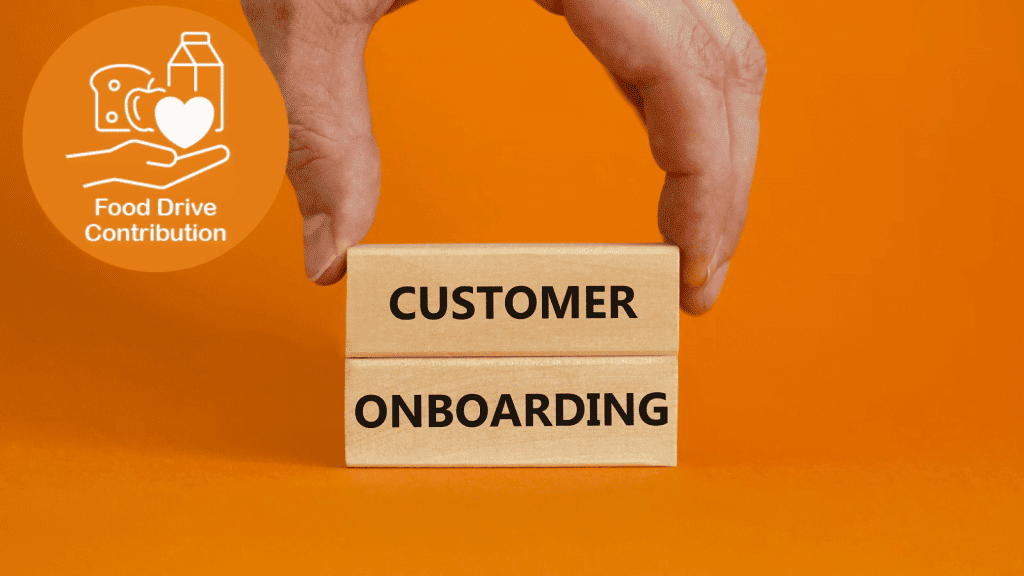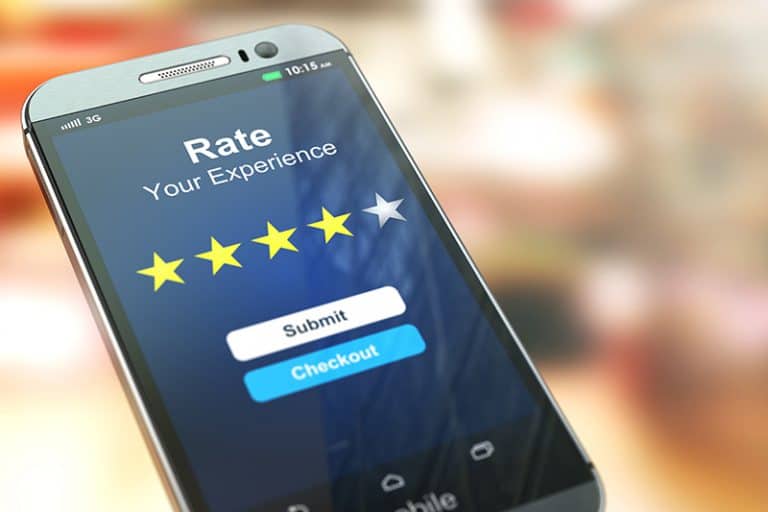Table of Contents
ToggleIT Chronicles reached out to executives, thought leaders, experts, practitioners, and writers about a unique initiative. ITC would donate to Second Harvest for every article submitted in December by our past contributors. Thank you to all who contribute to this food drive. We appreciate your knowledge and leadership.
One in three customers would stop doing business with a brand they love after just one bad experience. If customers are as unforgiving of products they already use and love, it’s sobering to think of how they would respond to one they are yet to use.
It’s precisely for this reason that onboarding—the first real sense of customer experience your customers get—has such a huge role to play in your customer journey. Customer onboarding is that critical stage where customers are most vulnerable, and you are most needed. It can make or break your customers’ relationship with your product, and as a result, your relationship with them.
Think about the last time you gave up on a new product. It was most likely because you didn’t
- Understand how to use the product
- See any real value in it
These are two problems your customers could face when beginning to use your product.
When done effectively, customer onboarding has the potential to fix both these problems while setting a strong foundation for the rest of your relationship with your customers.
What is customer onboarding?
Simply put, customer onboarding is the process that enables your customer to
- get comfortable using your product, and
- see value in it
A typical SaaS customer onboarding project can broadly be looked at in the following phases:
- Sales handoff
In this phase, the sales team introduces the customer success/customer onboarding team to the customer, to formally hand over the account for the next phase. This stage is critical to building alignment on the value to be delivered to the customer and the project’s scope, and reassuring the customer that they’ve taken the right decision. - Kickoff
This crucial meeting sets the course and the tone for the rest of the customer onboarding journey. It is used to establish goals, milestones, project scope, and set expectations with the customer. - Solutioning
This is when the details of product implementation, the customer expectations, features to implement, etc., are finalized. This stage typically involves the SMEs, Customer Success, and Product teams from your end and the customer’s implementation team. - Configuration, integration, testing
This stage is where the bulk of the technical implementation happens. It includes any data migrations, integrations, account creation, defining access, etc., or other steps needed to ensure that your product is working for the customer’s use case. This setup is followed by testing with both teams to iron out any issues and address any concerns. - Training
Training can be an integral part of onboarding, especially for enterprise customers and in cases where your product is complex. This step is especially important to cater to the needs of end-users who may not have been involved in the onboarding journey thus far. - Go-live
This final phase marks the stage at which your product becomes available for use.
Why customer onboarding can’t be hit-or-miss
Onboarding needs to reassure your customers that you will deliver on the promises you made in the sales phase and build confidence that they will derive long-term value from it. Here’s why:
1. It’s your only chance to make a great first impression
Onboarding is that stage of the customer journey where customers have the highest expectations of you. But it is also the phase where they are most susceptible to buyer’s remorse.
If their first impression of you makes them feel supported and confident, it provides you with a solid footing for the rest of the journey.
The onboarding process is your first chance to show your customers the ropes, build their confidence, glimpses of the value you provide, and the problems you can solve for them. Squander this opportunity, and you face the risk of customers ghosting you, delayed implementation, and low adoption.
2. It’s when customers taste their first success
While customer education is a big part of customer onboarding, effective onboarding needs to be more than just that. It is a chance to demonstrate the tangible value customers can derive from your product.
By optimizing onboarding, you take them to value faster.
3. It’s your first opportunity to reduce churn
67% of customer churn is preventable if the customer issue was resolved at the first engagement. Most reasons for churn arise during the onboarding process. These issues could be the reasons holding them from seeing the real value in your product.
Customer onboarding provides a structured framework for all such issues to be addressed and systematically dealt with. It can reduce churn, increase customer lifetime value (LTV), and turn new customers into brand advocates. With ineffective onboarding, your customers already have one foot out the door.
4. It can provide a window for you to upsell
It’s well-known in SaaS circles that earning revenue from existing customers is easier than acquiring new customers. Acquiring new customers can be five to 25 times more expensive than retaining existing ones. Even better, studies say that customers who perceive a company’s onboarding positively have a 12-21% higher willingness to pay higher than the median.
By building a strong foundation for your customer relationship, customer onboarding can help lower acquisition costs and increase revenue.
5. It helps you build a better offering
Customer onboarding is the best way to have your ears to the ground, so you have timely inputs and insights to improve your product. By designing a data-strong onboarding process, you can identify blind spots and areas of opportunity in your current approach or even your product. Add in a structured method to collect customer feedback, and you have a way that ensures that your offering is improving with every new project and for every new customer.
More than a tick box
Today, companies are far more discerning in their approach to customer onboarding. Nearly 63% of companies say that onboarding and the support they receive post-sale are important considerations in their purchase decisions. Over 90% of them feel that the companies ‘could do better’ at onboarding new users/customers.
Of course, onboarding new customers is not always easy. No two customer journeys are the same: each one has its nuances, needs, and demands. But if there’s one part of your customer journey that has a disproportionate impact on your customer relationship, it is customer onboarding. It is so much more than just another checklist item to kickstart the customer journey.
A carefully designed customer onboarding experience is one that:
- Prioritizes and ensures transparency, consistency, and delightful customer experiences from start to finish
- Delivers ‘aha moments’ early on in the customer journey by minimizing time-to-value
- Leverages technology and tools to anchor and streamline the onboarding process,
- Learns, improves, and evolves based on data and customer feedback
Whatever your company’s growth stage, it’s never too soon to invest in customer onboarding. You need to look at customer onboarding holistically and strategically to delight your customers, deliver value, and make them equal partners in your journey.





